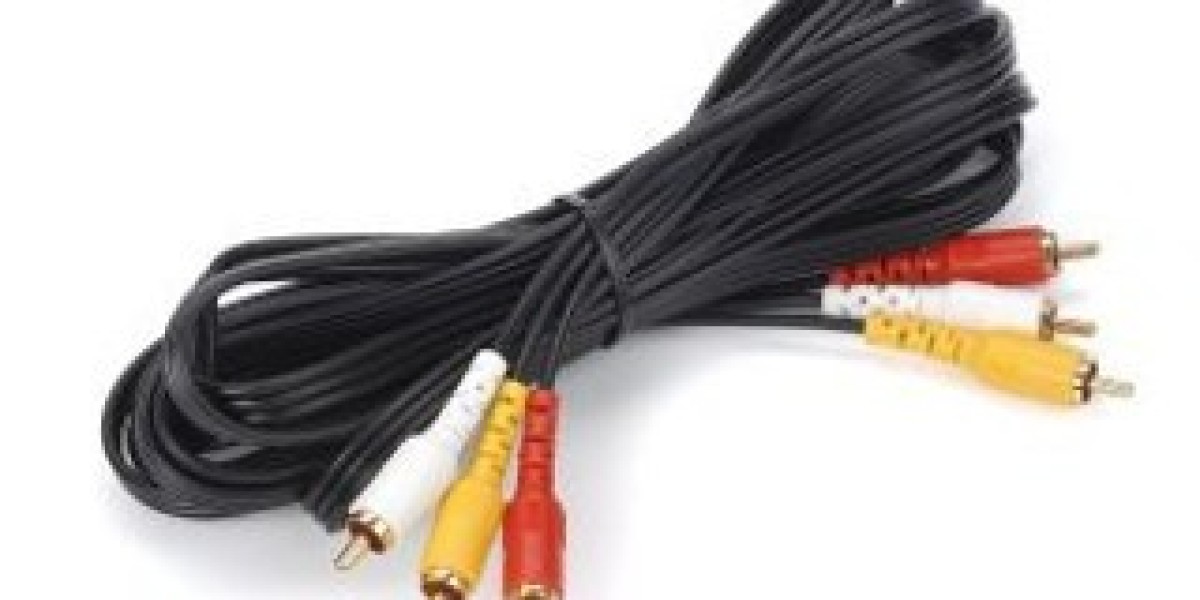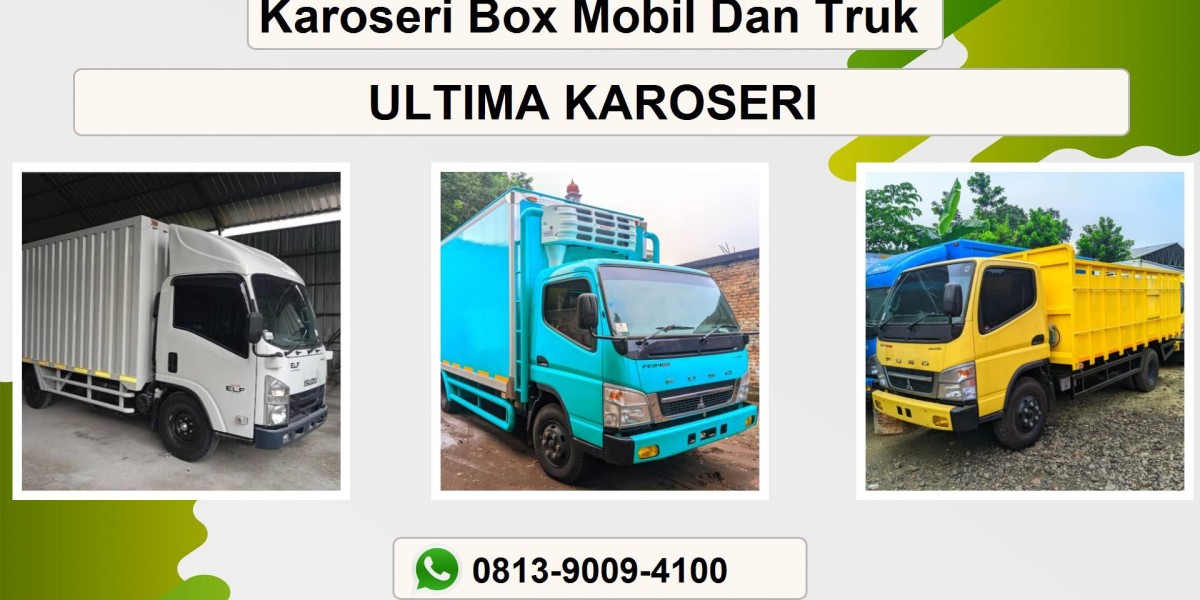Power inverters have become an indispensable part of everyday life, especially as more people explore mobile lifestyles, rely on backup power, or incorporate renewable energy into their homes. At their core, these devices convert direct current (DC) from sources like batteries or solar panels into alternating current (AC), which is the standard form of electricity used by most household appliances.
How Power Inverters Work
The process behind an inverter is simple yet powerful. DC power flows in one direction, while AC power switches direction rapidly. An inverter uses internal circuitry to mimic this alternating flow, producing a stable output that can power items ranging from small electronics to full-size appliances. The quality of this converted power depends heavily on the type of inverter used.
Modified vs. Pure Sine Wave Inverters
Two primary types of power inverters dominate the market. Modified sine wave inverters are cost-effective and suitable for basic devices such as lights, phone chargers, and small tools. However, they may cause noise or reduced efficiency in sensitive electronics. Pure sine wave inverters, on the other hand, produce a clean, smooth output nearly identical to utility power, making them ideal for laptops, medical equipment, and high-precision devices. While they cost more, their reliability and compatibility often justify the investment.
Where Power Inverters Make Life Easier
Power inverters are popular among campers, van dwellers, and travelers who need household-level electricity while on the move. They are also essential in off-grid solar systems, where the energy captured by solar panels must be converted to AC power before use. Even at home, inverters provide peace of mind during outages by powering essential devices like refrigerators, routers, and medical equipment.
Choosing the Right Power Inverter
Selecting an inverter depends on understanding both your power source and your energy needs. Key considerations include wattage, surge capacity, and the type of devices you plan to operate. A properly sized inverter ensures smooth performance and prevents overloads. Safety features such as thermal protection, low-voltage shutdown, and overload alarms add an extra layer of reliability.
The Future of Portable Power
As renewable energy continues to grow and mobile lifestyles expand, power inverters will play an even more vital role. With advancements in battery technology and energy efficiency, modern inverters are becoming smarter, safer, and more accessible than ever before.








